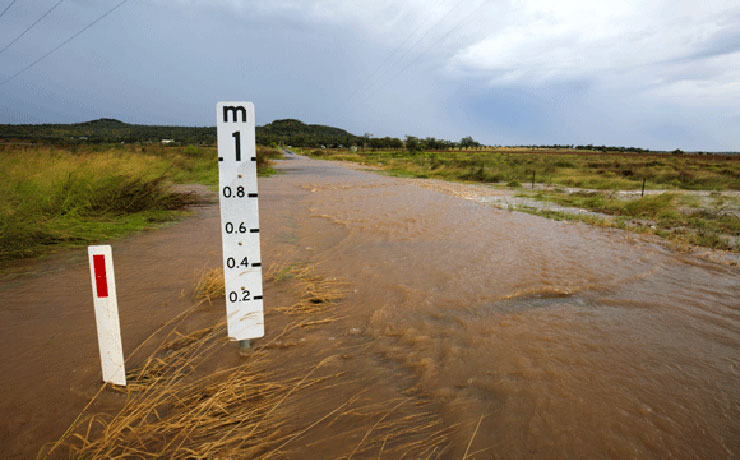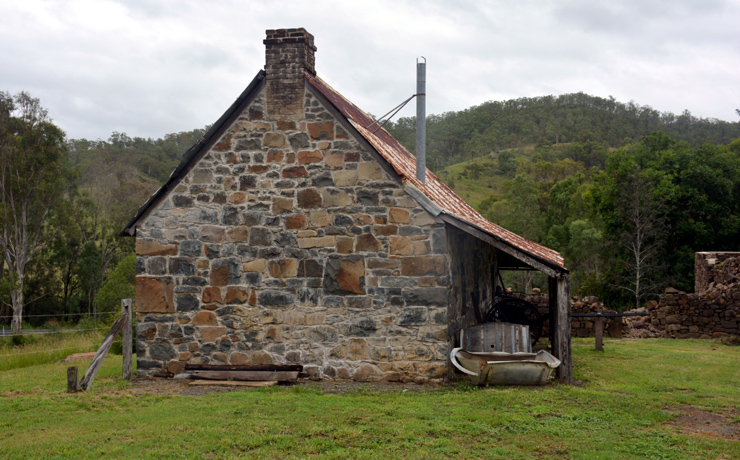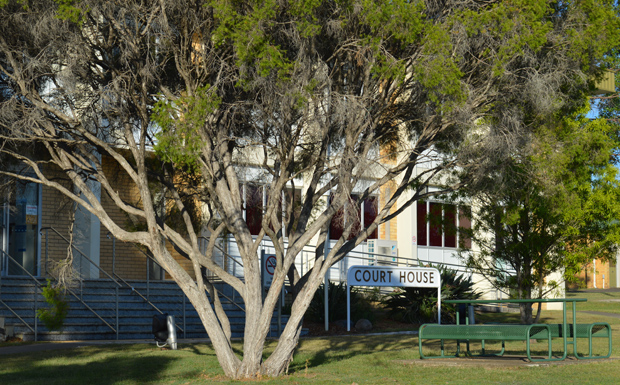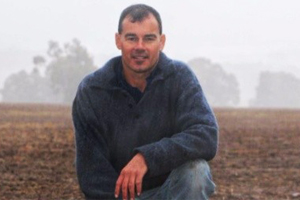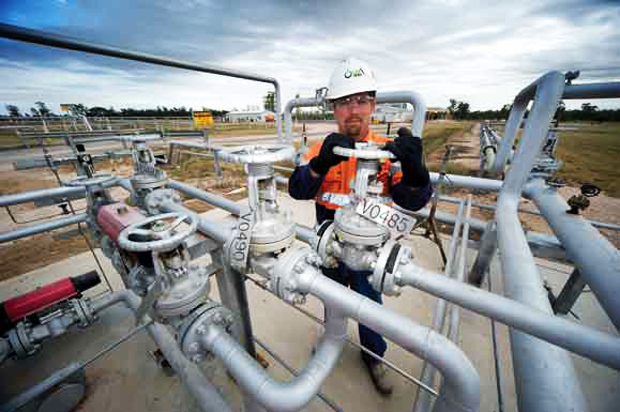
|
July 8, 2013
The State Government today released the final recommendations of the Independent Scientific Panel examining the future of the Underground Coal Gasification (UCG) industry in Queensland … but the words “Cougar Energy” don’t appear once in the 51-page document.
The failed Coolabunia project was one of three UCG trials established in Queensland in 2008.
The Independent Scientific Panel (ISP) report released today considered the results of the other two trials, run by Linc Energy (at Chinchilla) and Carbon Energy (at Bloodwood Creek, west of Dalby).
It found that, in principle, UCG technology could be conducted “in a manner that is acceptable socially and environmentally safe when compared to a wide range of other existing resource-using activities”.
However, it noted that commissioning a new plant involved “significant risk”, including underground explosion.
It also noted several incidents that had occurred at both trials, and that sufficient safety systems (automatic shutdown systems) were not in place.
UCG is a process that burns coal deep underground to create gas which can then be used for electricity generation.
The Cougar Energy trial was shut down by the State Government in 2010 after a well failure and allegations that this failure had contaminated nearby water bores.
Cougar Energy is now suing the State Government – and three government officials – for more than $34 million in damages, and has lodged an appeal with the Planning and Environment Court.
The ISP report said Linc Energy and Carbon Energy had both demonstrated they could operate a gasifier but noted neither had yet proven they could successfully decommission a burned out cavity.
* * *
From the report:
The ISP remains open to the possibility that the concept is feasible. However sufficient scientific/technical information, particularly relating to decommissioning, is not yet available to reach a final conclusion.
Important work has been undertaken but more is yet to be done. For example, neither company has gained access to a gasified cavity, sampled it and provided information on the current contents and condition of surrounding materials.
At mid-2012, neither company had completed a burn of sufficient duration to create a final cavity of the dimensions that are expected under a commercial process.
Until this is done it is difficult to come to a final conclusion regarding the technology.
Given this situation, the ISP believes it would be pre-emptive to consider commercial scale.
However, given the considerable investment by the companies and Queensland Government to date, and the undoubted future importance of UCG as a viable energy source of global significance, the ISP is of the view that the gasifiers currently operating should be permitted to continue until a cavity of significant dimensions is available for full and comprehensive demonstration.
At that time, commercial scale UCG facilities could be considered. There is more work to be done on the design and environmental and operational safety for multi-panel operations.”
* * *
The ISP recommended that the State Government permit Carbon Energy and Linc Energy to continue their current pilot trials, however a planning and action process should be established to demonstrate successful “decommissioning” of the underground cavities.
Until decommissioning can be demonstrated, no commercial UCG facility should be commenced.
Natural Resources Minister Mr Andrew Cripps said the State Government had provided in-principle support to these recommendations.
“The Newman Government is committed to growing the resources sector for the economic benefit of all Queenslanders – but in a balanced and sustainable manner,” he said.
“Like all emerging industries, the UCG industry must demonstrate it can be conducted in a manner that is environmentally safe, and that it can adequately co-exist with other resource activities.
“I encourage Carbon Energy and Linc Energy to continue working with the government to demonstrate long-term technical and environmental sustainability of their trial projects.”
A spokeswoman for Member for Nanango Deb Frecklington told southburnett.com.au today the Coolabunia project would not be restarting, regardless of today’s report.
- The full ISP report can be downloaded here (358kb PDF)












